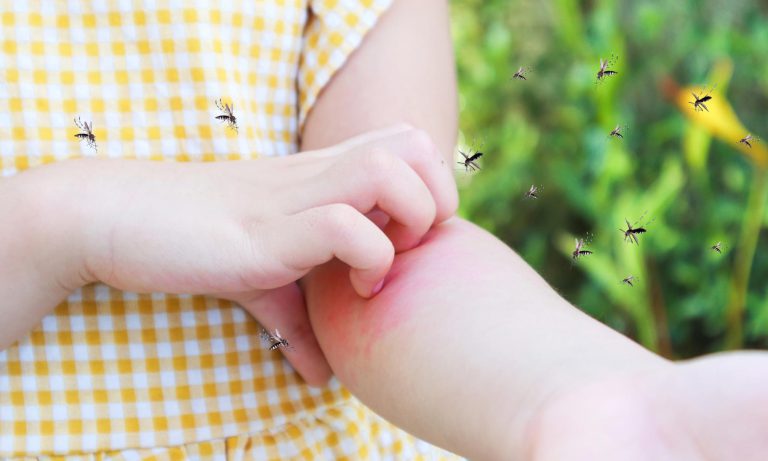
Exposure to allergens like dust, pet hair, or pollen can trigger itchy or watery eyes, runny or clogged nose, sneezing, and skin redness or rashes. These allergic reactions happen as the body releases histamines to try to ward off the irritants.
What are Histamines?
Histamines are organic compounds naturally present within the cells and tissues of the human body.
When potentially harmful elements invade the body, the immune system recognizes them as a threat, releasing histamines out of the mast cells where they are stored to launch a defensive move against allergy triggers. This becomes a problem when the immune system looks at all these triggers as harmful, even if some of them—like food, molds, pollen grains, or dust—are relatively safe.
The release of histamines into the bloodstream causes inflammation in various areas of the body, such as the skin, eyes, nose, throat, gastrointestinal tract, or lungs. This condition signals other chemicals from the immune system to defend the body from potential threats, while histamines concentrate on special receptors in the body. This chain of reactions then leads to allergy symptoms.
The Role of Food in Releasing Histamines
Besides being present in body cells and tissues, histamines are also abundant in food. Therefore, someone who has an intolerance to a particular food may experience the immune response of histamines in their gut, triggering food allergy symptoms in the process. Someone who has eaten spoiled food may also experience histamine poisoning due to the excess buildup of the compound.It is in the best interest of people with allergies to know which foods contain histamine to avoid eating them.
Foods to Avoid that Are High in Histamines
The amount of histamine in food varies from one type to another. Even food items that belong to the same category can have different histamine levels, depending on how long they have been aged or what additives they contain. However, generally speaking, fermented and processed foods are more likely to be high in histamine.
The items listed below are examples of food with high histamine levels.
- Eggs
- Fermented dairy products: buttermilk, cheese, sour cream, yogurt
- Fermented vegetables: kimchi, pickles, atchara
- Processed meat: bacon, salami, sausage, hotdog
- Legumes: peanuts, beans, chickpeas
- Alcohol: beer, champagne, red wine
Citrus fruits, such as oranges and lemons, can also trigger the release of histamines even though they are not high in histamine. These types of foods are called histamine liberators.
To help avoid the adverse effects of this allergy-trigger chemical, one may have a low-histamine diet, which includes fresh meat and vegetables, whole grain food products like pasta and bread, rice, and coconut milk. It is also essential for someone trying to limit histamine consumption to have the necessary nutrients, as dietary restrictions may result in malnutrition.
How Do Antihistamines Work?
It can be difficult to determine whether histamine tolerance or certain foods are responsible for the allergic reactions that a person experiences. In which case, an antihistamine medication is often taken as an allergy treatment for common symptoms, including skin hives and hay fever, a.k.a. allergic rhinitis.
Antihistamines can be taken orally in tablet, capsule, liquid, or syrup form. Some can be applied to the skin, like creams and lotions, while others come in eye drops or nasal sprays.
Some antihistamines can make people feel drowsy and sleepy, which helps provide relief for those who cannot rest because of their allergic symptoms. This type of antihistamine is also prescribed for short-term insomnia treatment. Besides drowsiness or sleepiness, antihistamines can also cause dry mouth, blurred vision, or difficulty in urinating.
Taking non-drowsy antihistamines may be accompanied by other side effects, including headaches and the feeling of being sick.
Due to these potential side effects, one must consult a doctor if they can take antihistamines to treat their allergies, especially if they are currently taking any medication or have underlying health conditions. If there is a green light to take antihistamines, it should be clear to patients when or how to take the drug. The doctor may give special instructions if the person misses a dose or takes too much of it.
Stop those Nasty Allergies
Allergies are not to be taken lightly. They can cause undue distress and affect the day-to-day activities of people who are dealing with the condition. Allergy symptoms need to be managed as soon as possible; otherwise, the health of a person with allergies may deteriorate.
Makati Medical Center’s team of doctors and health professionals offers effective preventive and treatment alternatives for severe allergic reactions and other health concerns. Book an appointment to our allergy medical center.










